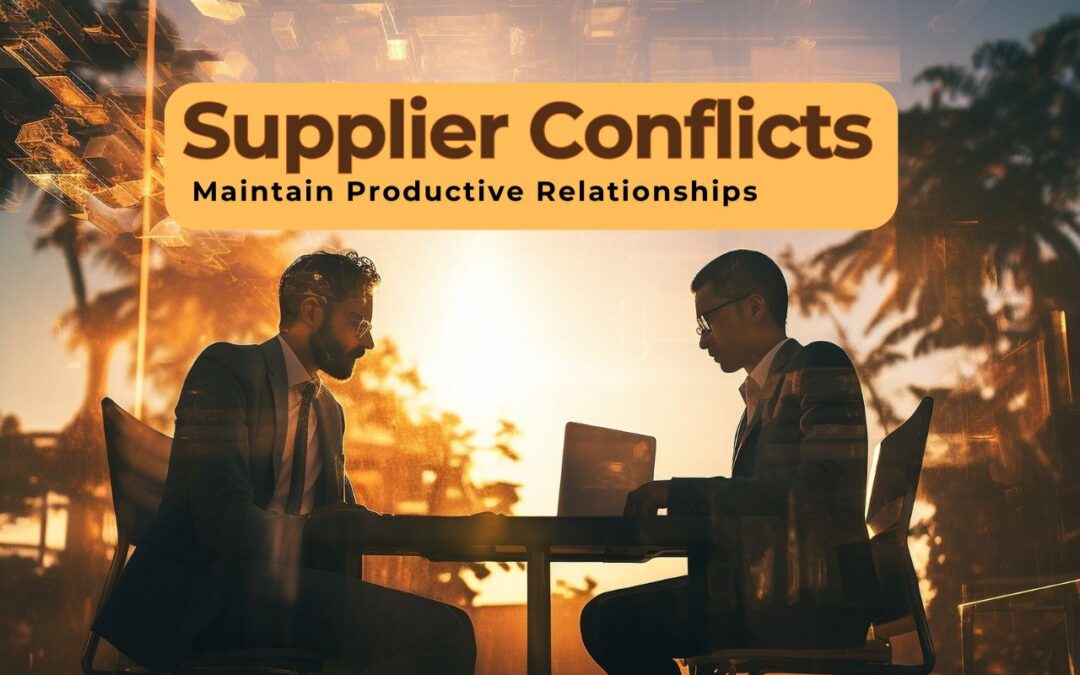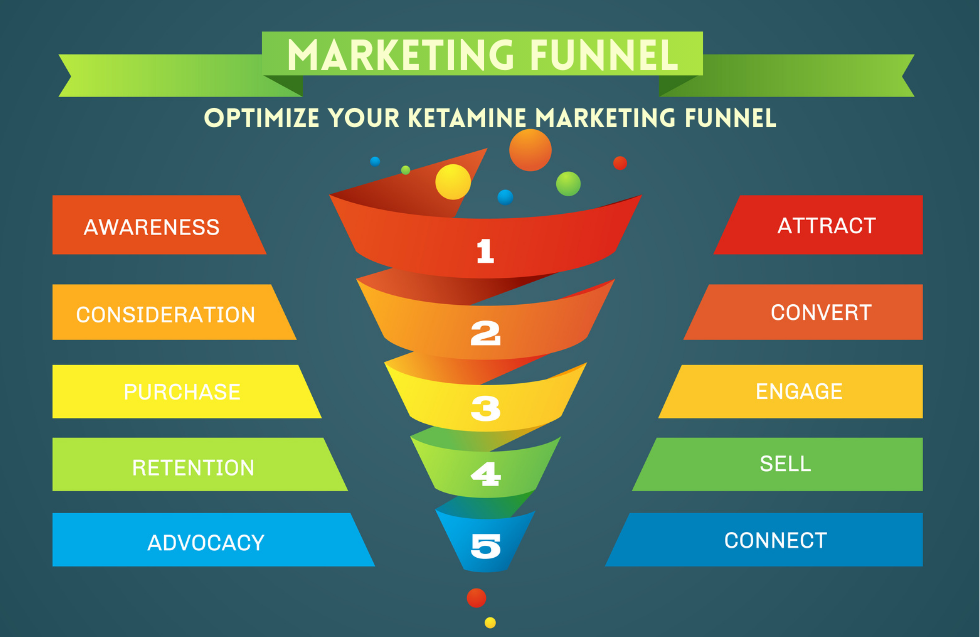In the dynamic world of business, suppliers play a pivotal role in ensuring that operations run smoothly. Whether it’s raw materials for manufacturing or services required to keep the business afloat, the supplier relationship is often the backbone of any supply chain. However, like any relationship, supplier partnerships are not immune to conflicts. Disagreements can arise over pricing, delivery delays, quality issues, communication lapses, or even contractual misunderstandings.
The key to long-term success lies not in avoiding conflicts altogether—because that’s unrealistic—but in how these conflicts are handled. Effective conflict resolution can actually strengthen relationships, build mutual trust, and pave the way for greater collaboration. In this comprehensive guide, we’ll explore how to handle supplier conflicts and maintain productive relationships that serve your business goals.
Understanding the Root Causes of Supplier Conflicts
Before diving into conflict resolution techniques, it’s important to understand what commonly causes friction between suppliers and businesses. Some of the most frequent causes include:
- Delivery Delays: When suppliers fail to meet delivery timelines, it affects production schedules and customer satisfaction.
- Quality Issues: Products or services that don’t meet agreed-upon standards can result in financial losses and reputational damage.
- Cost Disputes: Changes in pricing, unanticipated fees, or disagreements over payment terms often lead to conflict.
- Lack of Communication: Miscommunication or lack of timely updates can lead to misaligned expectations and dissatisfaction.
- Contractual Ambiguity: Vague or poorly drafted contracts leave room for interpretation and disputes.
- Cultural Differences: In international dealings, cultural misunderstandings can also cause tensions.
Understanding these root causes allows you to address issues at their source and put systems in place to prevent them in the future.
Build a Foundation of Clear Expectations
The best way to handle conflict is to minimize the chances of it happening in the first place. That begins with clarity:
- Define Objectives Clearly: Both parties should agree on the scope of the partnership, quality standards, deadlines, pricing, and terms of service before engaging.
- Draft Detailed Contracts: Leave no room for ambiguity. Include clauses that clearly define deliverables, payment schedules, penalties for non-performance, and conflict resolution procedures.
- Establish Metrics: Set up measurable KPIs for delivery, quality, communication, and responsiveness. Having objective data helps keep disagreements factual rather than emotional.
Clarity at the beginning sets the tone for accountability and professionalism throughout the relationship.
Foster Open and Transparent Communication
Most supplier conflicts are the result of poor communication. It is essential to build open lines of communication with your suppliers.
- Schedule Regular Check-Ins: Don’t wait until problems arise. Routine meetings or calls help in maintaining alignment and identifying minor issues before they escalate.
- Create Feedback Loops: Encourage two-way feedback. Just as you provide feedback on deliveries and performance, allow your suppliers to share concerns about your processes, too.
- Designate Points of Contact: Assigning clear roles helps streamline communication and ensures that messages aren’t lost in translation.
When communication is proactive, many potential issues are resolved before they grow into full-blown conflicts.
Address Problems Early and Professionally
Once an issue is identified, address it as early as possible. Ignoring it will only make things worse.
- Stay Calm and Objective: Approach the situation with a professional mindset. Avoid finger-pointing or emotional language.
- Focus on the Problem, Not the Person: Criticize the process or the error, not the individual. This helps keep the conversation constructive.
- Use Data to Support Your Case: Present delivery records, quality control reports, or communications to help clarify the issue objectively.
- Listen Actively: Understand the supplier’s perspective before jumping to conclusions. Their explanation may reveal a problem that is solvable or a shared misunderstanding.
By addressing problems early, you prevent them from festering and causing long-term damage to the relationship.
Negotiate for Solutions, Not Victories
Once a conflict arises, your goal should be resolution, not to “win” the argument.
- Identify Mutual Interests: Focus on what both parties want—a sustainable, beneficial relationship.
- Offer Win-Win Alternatives: If a delivery is late, can a partial shipment be arranged? If quality is poor, is rework possible without halting operations?
- Be Flexible Yet Firm: Stand by your standards and expectations, but be open to alternative solutions if they still achieve your objectives.
Negotiating with the intent to find mutually beneficial outcomes helps reinforce the partnership and prevent resentment.
Document Everything
In business, if it isn’t documented, it might as well not exist.
- Keep Written Records: Follow up on verbal agreements or meetings with written summaries. This creates a reference point for both parties.
- Update Contracts When Necessary: If a recurring issue reveals the need for a policy change, update your contract terms accordingly.
Having documentation helps you back up your claims and ensures everyone is on the same page.
Learn from Every Conflict
Every conflict is an opportunity to improve your supplier management process.
- Conduct a Post-Mortem: After resolving an issue, analyze what went wrong and why. Was it due to poor communication, unclear contracts, or unrealistic expectations?
- Adjust Processes: Based on your findings, improve internal workflows, communication protocols, or supplier evaluation criteria.
- Train Your Team: Make sure your procurement and supplier management teams are equipped to handle similar issues better in the future.
Continuous improvement in conflict resolution strengthens your supplier network and builds resilience into your supply chain.
Know When to Walk Away
Not every relationship can or should be saved. Sometimes, supplier conflict reveals deeper, unresolvable incompatibilities.
- Evaluate the Cost of the Relationship: If a supplier consistently fails to meet expectations, the cost to your business may outweigh the benefits.
- Have a Backup Plan: Build a robust supplier pipeline so you’re not overly reliant on one vendor.
- Exit Gracefully: If you must terminate a contract, do it professionally. You never know when paths may cross again.
Ending a toxic supplier relationship can sometimes be the best move for long-term success.
Build Stronger Relationships Moving Forward
Productive supplier relationships are built on trust, reliability, and collaboration. Here’s how to reinforce these values:
- Celebrate Successes: Acknowledge milestones, on-time deliveries, or improvements. Appreciation goes a long way in strengthening bonds.
- Involve Suppliers in Planning: Bring them into early-stage planning for new projects. This creates buy-in and ensures alignment from the start.
- Invest in Long-Term Partnerships: View your suppliers as strategic partners, not just vendors. Shared goals lead to stronger outcomes.
When suppliers feel valued and respected, they’re more motivated to deliver their best and to resolve conflicts amicably.
Final Thoughts
Supplier conflicts with suppliers are inevitable in any business. But they don’t have to spell disaster. With clear communication, structured conflict resolution strategies, and a focus on collaboration, these challenges can turn into opportunities for growth and deeper partnership.
The businesses that thrive are the ones that not only build great products or services but also manage their relationships with care, diplomacy, and strategic foresight. So the next time you encounter a supplier conflict, remember: it’s not the conflict itself, but how you handle it, that defines the success of the relationship.













